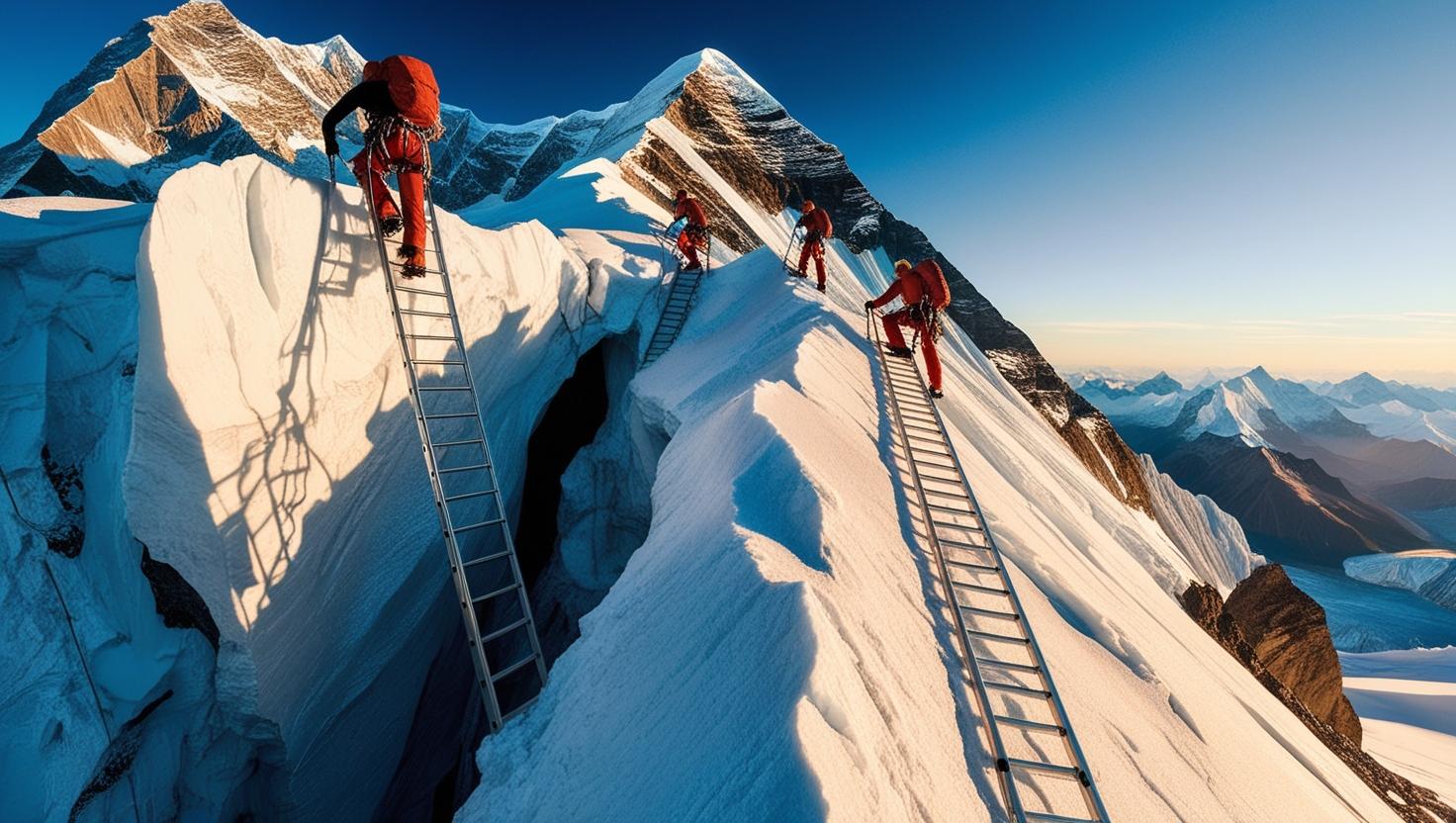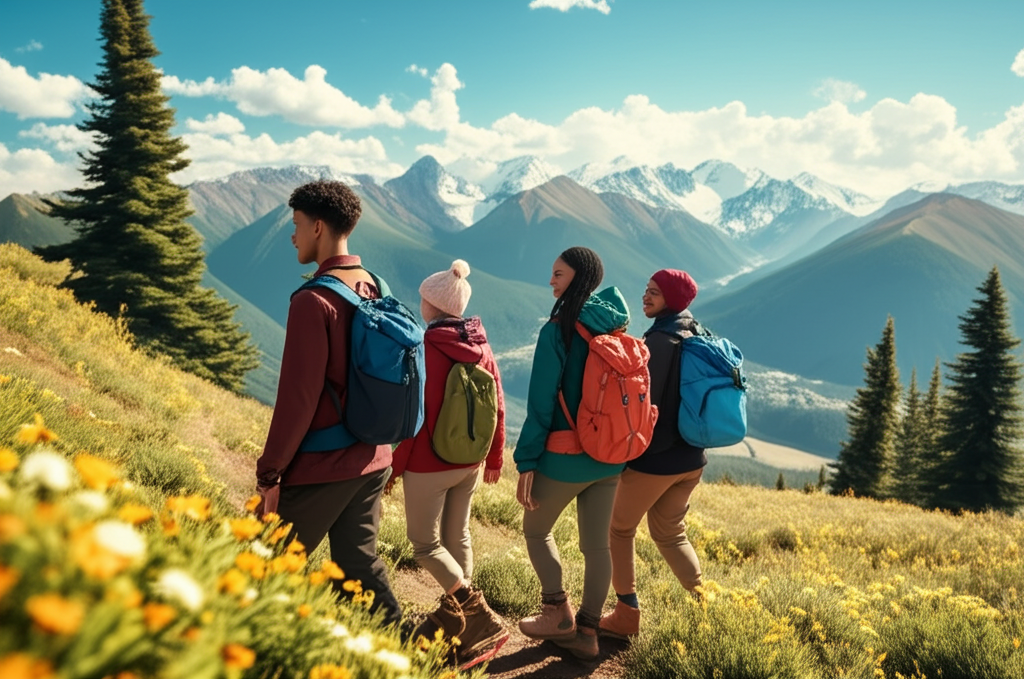
Trekking to the Everest Camp
The trek to Everest Base Camp (EBC) begins with a heart-pounding flight to Lukla, where planes skid onto a cliffside runway. From here, the trail descends into the Dudh Koshi Valley, passing through pine forests and Sherpa hamlets like Phakding. The first major challenge is the ascent to Namche Bazaar, a bustling trading hub perched at 3,440m. Crossing suspension bridges swaying over turquoise rivers, trekkers catch glimpses of Everest’s summit peeking behind giants like Thamserku. Namche offers a taste of Sherpa life—markets brimming with yak cheese, cozy teahouses, and the Everest Photo Gallery. A rest day here includes a hike to the Everest View Hotel, where sipping tea with Ama Dablam’s spire as a backdrop feels surreal.
Beyond Namche, the path climbs to Tengboche Monastery, a spiritual sanctuary at 3,867m. Dawn here is magical: the sun ignites Everest, Nuptse, and Lhotse in gold while monks chant prayers. Descending through rhododendron forests, the trail reaches Deboche and Pangboche, where stone mani walls and carved chortens mark the deepening cultural immersion. In Dingboche (4,410m), another acclimatization day allows trekkers to hike Nagarjun Hill, confronting the reality of altitude as breath shortens and vistas stretch to Makalu.
The landscape grows austere beyond Dingboche. Windswept moraines replace greenery, and the air thins as trekkers trudge toward Lobuche (4,940m). The memorials at Thukla Pass, honoring climbers lost on Everest, cast a sobering shadow. From Lobuche, the final stretch to Gorak Shep (5,164m) traverses the Khumbu Glacier’s rocky debris. This last hamlet, a cluster of basic lodges, is the launchpad for EBC.
The hike to Base Camp (5,364m) is a surreal march across the glacier’s frozen waves. Ice towers loom in the distance, and the roar of avalanches echoes off surrounding peaks. Arriving at EBC—a temporary city of neon tents in spring—trekkers stand humbled beneath Everest’s south face. Though the summit remains distant, the achievement is profound: a communion with the mountain’s spirit. Many ascend Kala Patthar (5,645m) at dawn, where Everest’s pyramid glows crimson above a sea of peaks.
The descent retraces the route, now imbued with nostalgia. Legs ache, but the camaraderie forged over dal bhat meals and shared struggles softens the journey. In Lukla, celebratory beers clink as trekkers trade stories, forever bonded by the Himalayas’ call.
Challenges & Rewards: Altitude is the trek’s silent adversary. Headaches and nausea test resolve, but slow pacing and hydration prevail. Sherpa guides, often sharing tales of Everest legends, become lifelines. The cold bites—nights dip below freezing—and basic teahouses demand rugged adaptability. Yet, the rewards eclipse the hardships: sunrise over Everest, the warmth of a chhang (local brew) by a yak-dung stove, and the humility of witnessing Sherpa resilience.
Cultural Threads: The Khumbu’s soul lies in its people. Monasteries like Tengboche whisper centuries of Buddhist devotion, while prayer wheels spun by passersby hum with mantras. Festivals like Mani Rimdu, with masked dances, reveal a culture intertwined with the mountains’ rhythms.
Conclusion: The EBC trek is more than a physical feat—it’s a pilgrimage. It strips away modern distractions, replacing them with primal connection: to nature, to history, and to the self. As trekkers descend to Kathmandu, dusty and exhausted, they carry not just photos, but a quiet reverence for Earth’s wild heights and the human spirit that dares to reach them.
Tags
About praful mangal
I like adventures with nomads and party fun.
